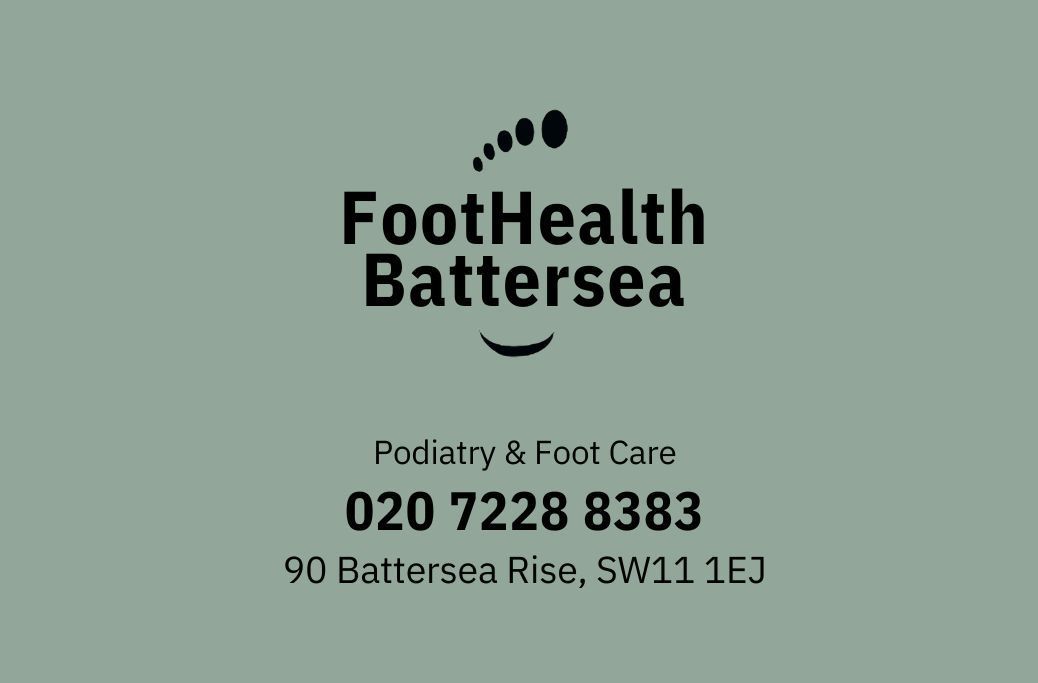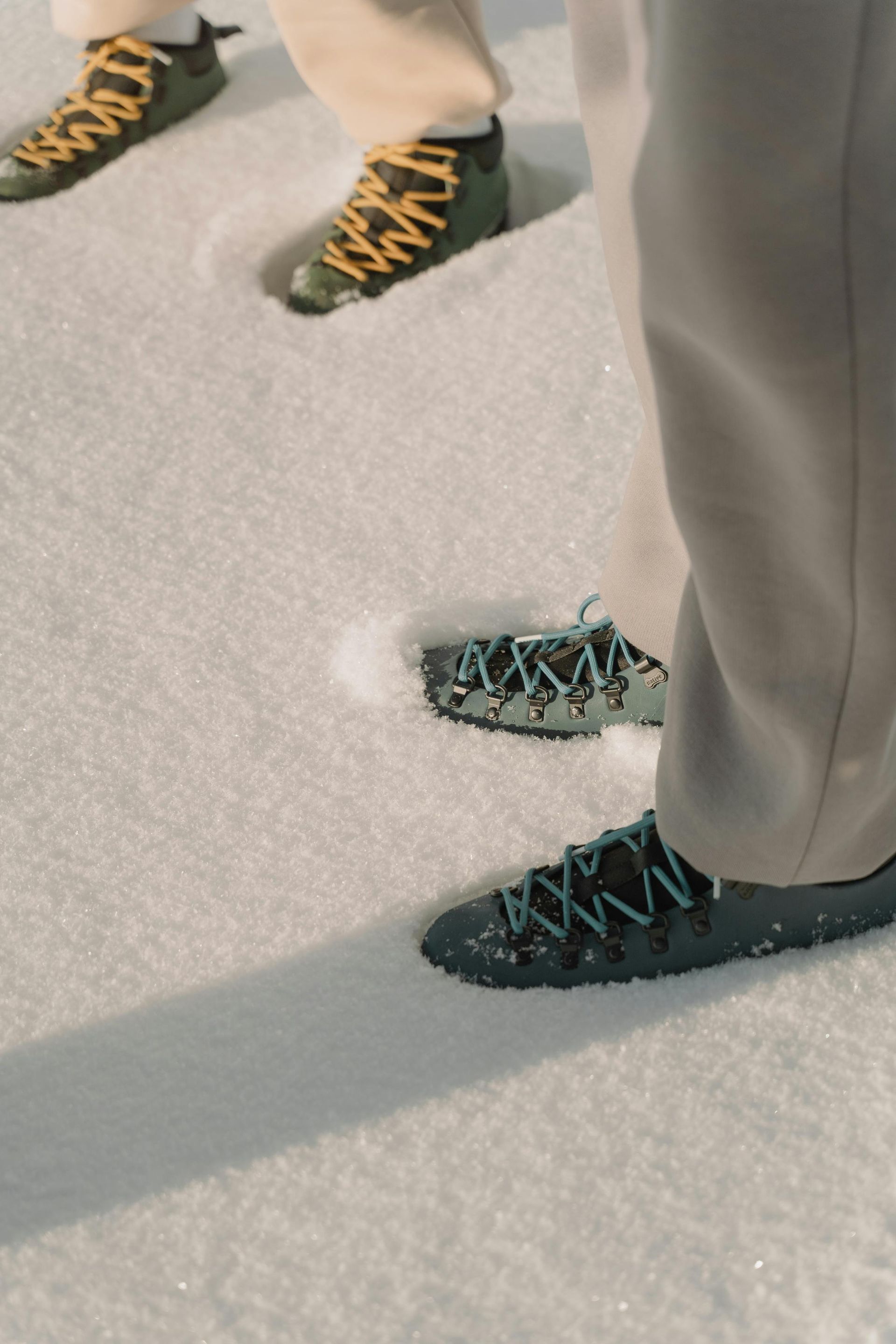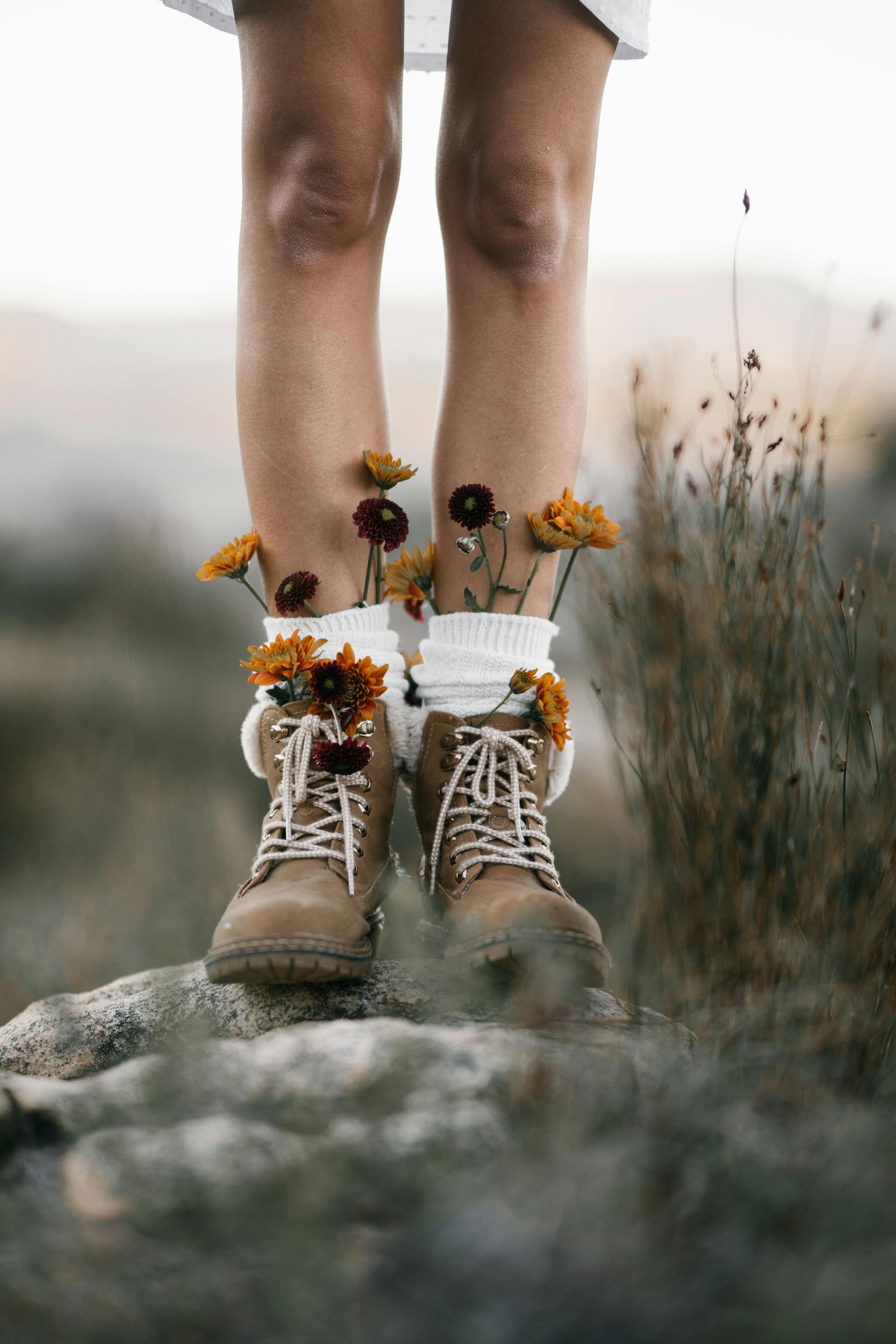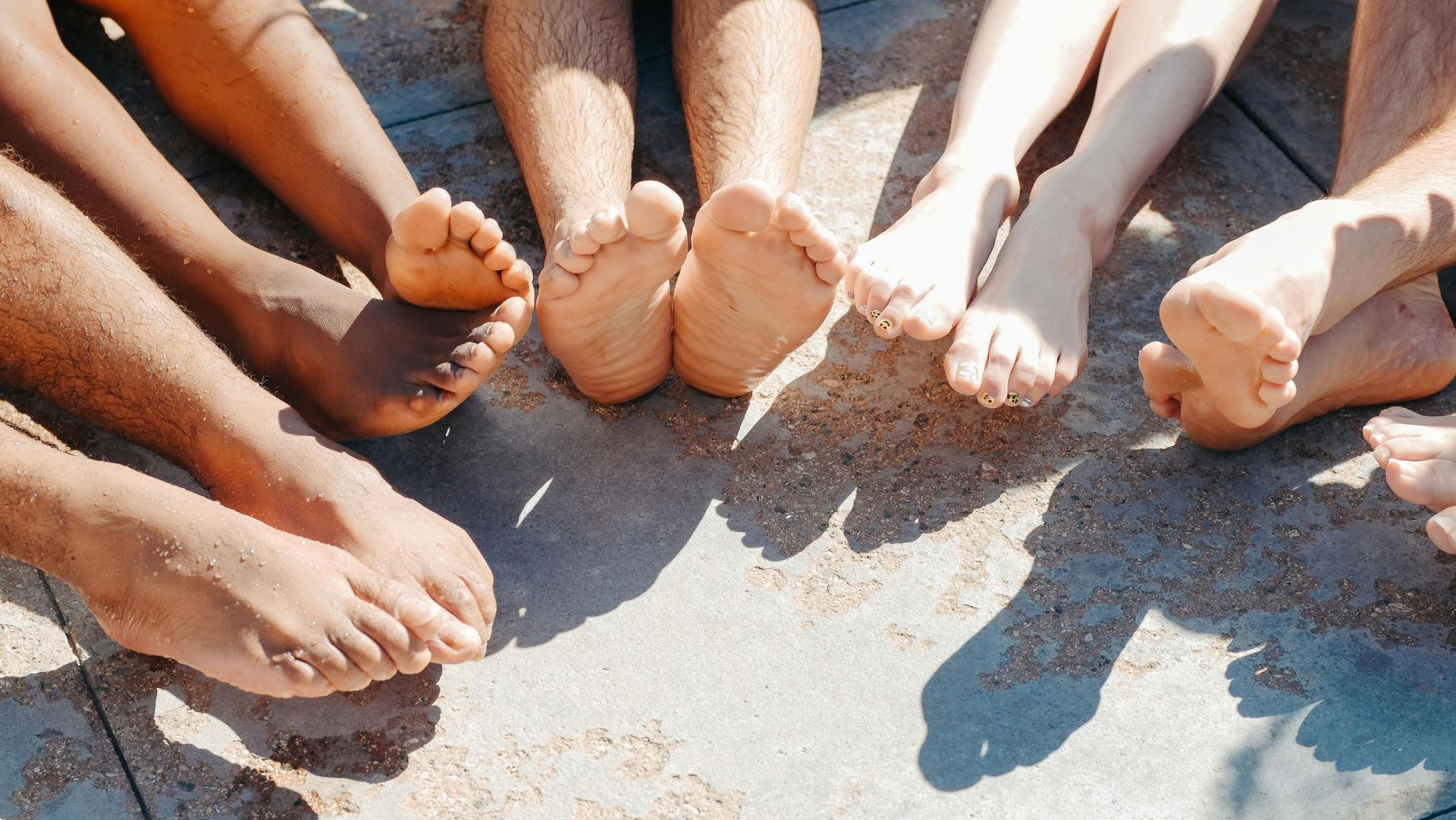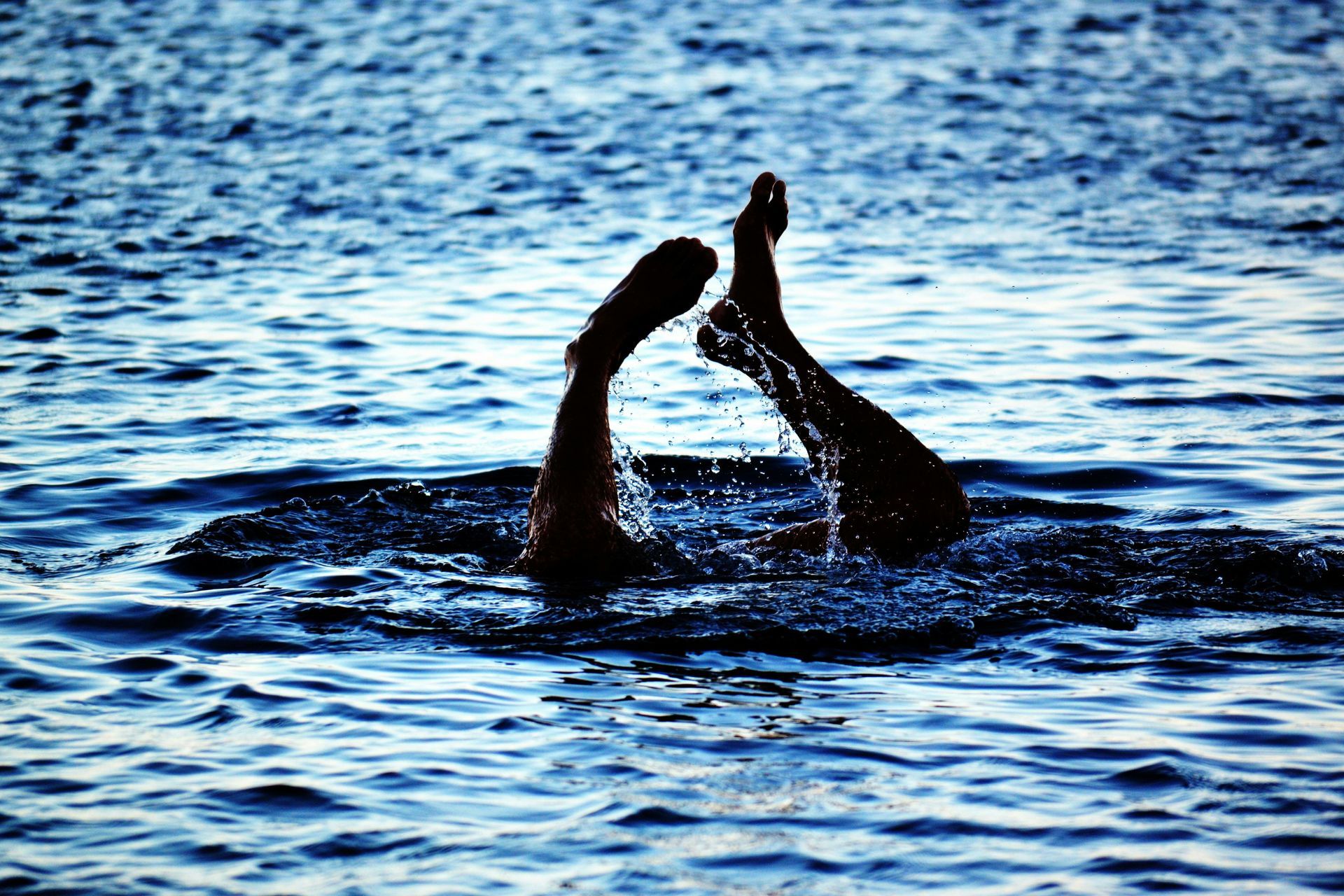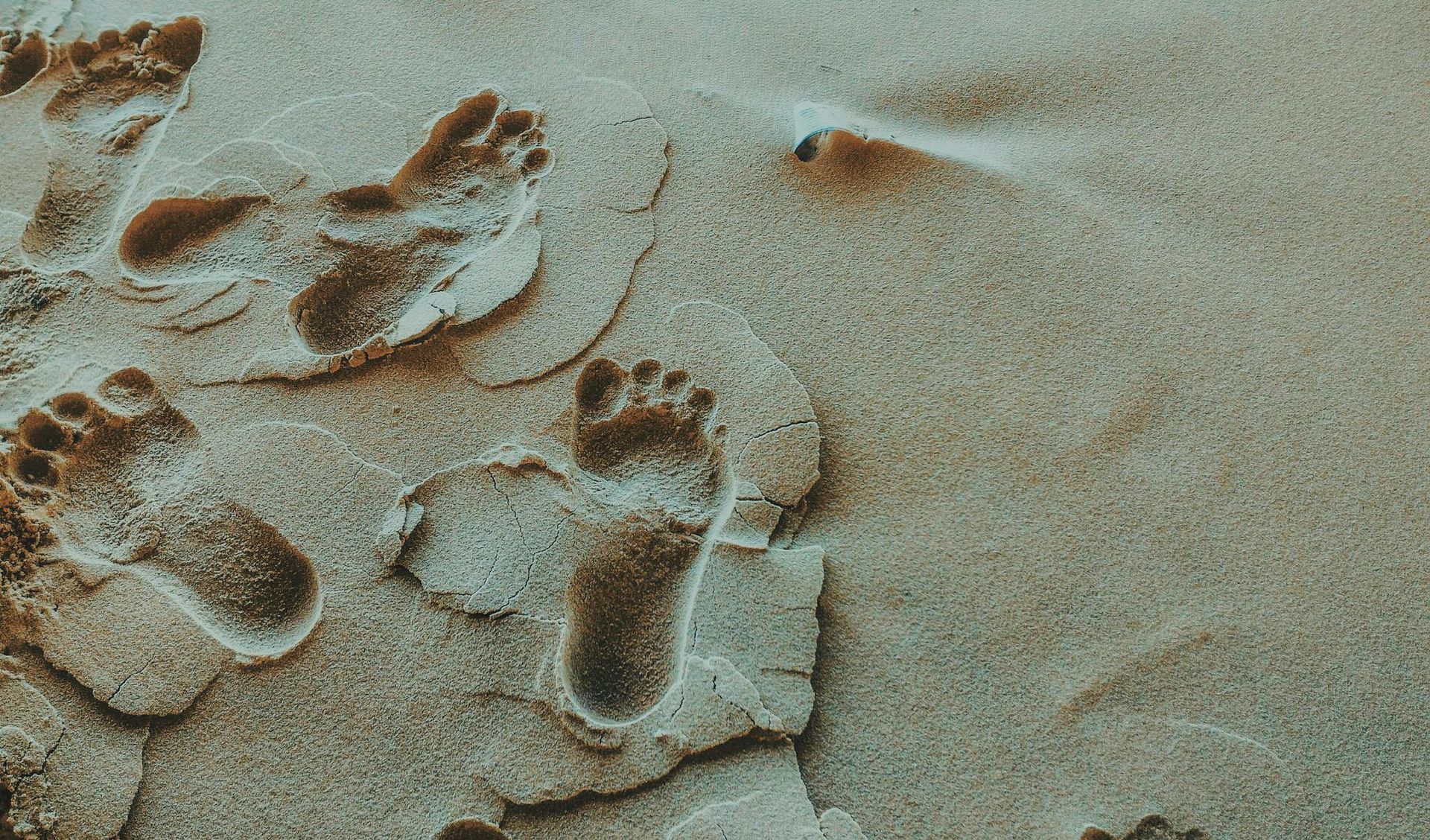Hidden Foot Health Issues You Might Notice at the Gym (Battersea Edition)
Hidden Foot Health Issues You Might Notice at the Gym (Battersea Edition)
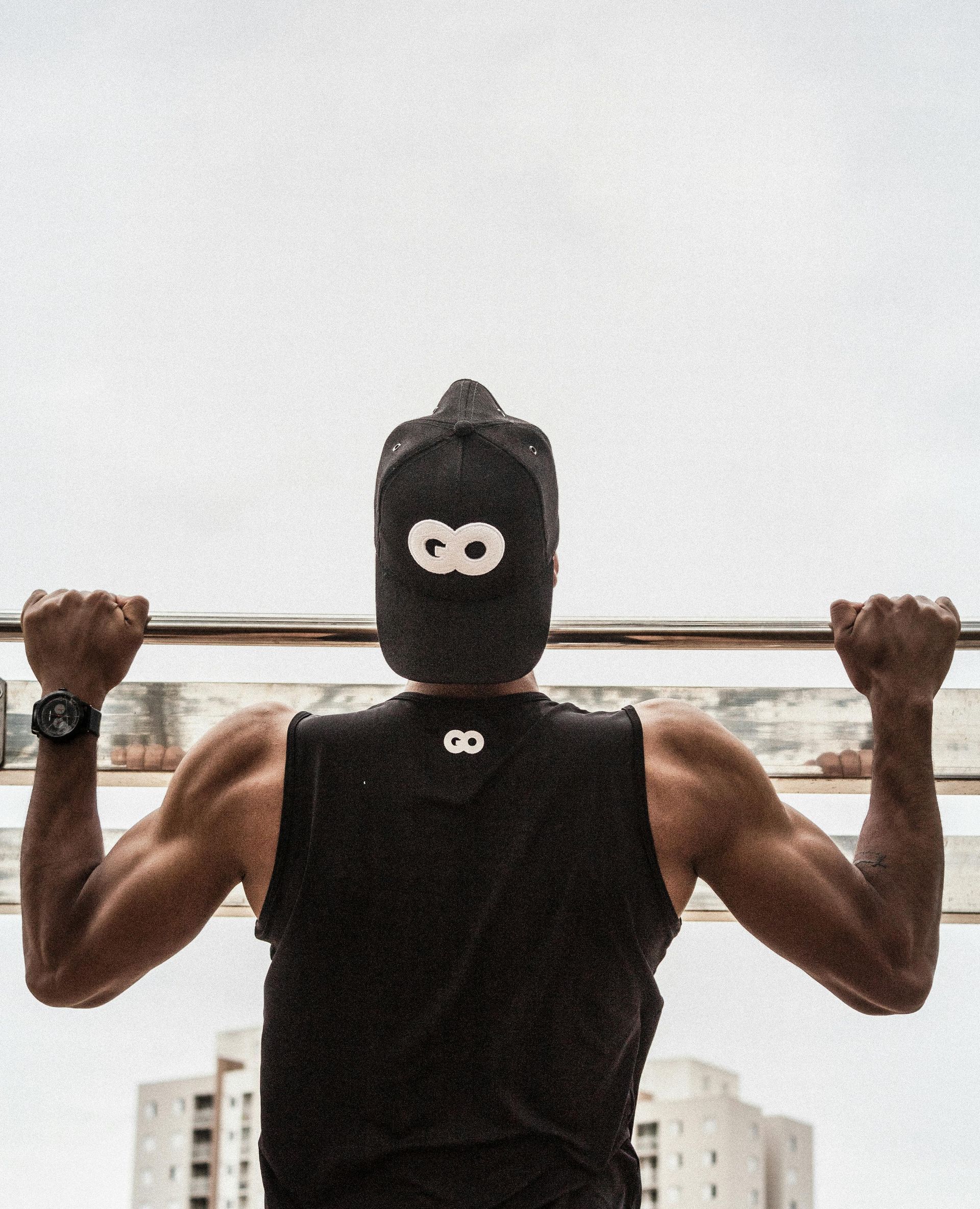
Battersea is home to a buzzing fitness culture—whether you’re lifting weights at F45, clocking miles on the treadmills at Virgin Active, or sweating it out at boutique studios near Battersea Power Station. Regular exercise is great for your health, but it can also take a toll on your feet. Many gym-goers ignore the early warning signs of foot problems, assuming soreness or discomfort is “just part of the workout.”
The truth? Your feet often give you signals long before pain turns into a serious condition. Here are the hidden foot health issues you might notice at the gym in Battersea—and how to deal with them.
1. Blisters and Hot Spots
Blisters are one of the most common gym complaints, especially for people who run or do high-intensity classes. But frequent blisters may point to:
- Ill-fitting shoes
- Excessive friction from repetitive movements
- Overheating and moisture buildup
What to do:
- Invest in breathable socks designed for sport.
- Check your shoe size (many adults wear trainers that are too small).
- If blisters keep coming back, consider a foot assessment—sometimes biomechanical issues cause extra rubbing.
2. Toenail Trauma from Repeated Impact
If you’ve noticed blackened or bruised toenails after treadmill sessions or HIIT, you’re not alone. Known as subungual hematomas, these are often caused by toes hitting the front of the shoe during exercise.
Left untreated, toenail trauma can lead to:
- Ingrown toenails
- Thickened, brittle nails
- Secondary infections
What to do:
- Make sure there’s a thumb’s width of space at the end of your shoe.
- Lace your trainers properly to reduce sliding.
- Seek podiatry advice if you notice recurring nail problems.
3. Plantar Fasciitis (Heel Pain)
That sharp pain you feel in your heel during or after gym sessions might be more than just “overtraining.” Plantar fasciitis, caused by inflammation of the tissue along the bottom of your foot, is one of the most common reasons people visit a podiatrist in Battersea.
Early signs to watch for:
- Heel pain when you first step out of bed.
- Discomfort after long cardio sessions.
- Pain that eases during exercise but returns afterward.
What to do:
- Stretch calves and arches before and after workouts.
- Rotate between cardio and strength to avoid overuse.
- Orthotics or insoles can offer support if you have flat feet or high arches.
4. Fungal Infections in Communal Spaces
Warm, moist environments—like gym showers and locker rooms—are ideal breeding grounds for fungal infections. You may notice:
- Itchy, peeling skin between the toes (athlete’s foot).
- Discoloured, thickened toenails (fungal nail infections).
What to do:
- Always wear flip-flops in communal showers.
- Keep feet dry and change socks immediately after workouts.
- If an infection persists, podiatric treatment is the fastest way to clear it.
5. Achilles Tendon Strain
Bootcamp classes, sprint intervals, or sudden jumps on a plyometric box can overload your Achilles tendon. Early signs include:
- Stiffness in the back of the heel.
- Swelling after exercise.
- A dull ache that improves with movement but worsens with rest.
What to do:
- Don’t push through pain—it can turn into chronic Achilles tendinopathy.
- Stretch and strengthen calves regularly.
- A podiatrist can assess gait and recommend footwear or orthotics to reduce strain.
6. Hidden Balance Issues
Sometimes, foot problems show up indirectly. If you find yourself wobbling during squats, lunges, or yoga poses, your feet may not be providing the stable base you need. Weak arches, flat feet, or limited ankle mobility can all contribute.
What to do:
- Try barefoot balance exercises under supervision.
- Incorporate mobility drills into warm-ups.
- Book a biomechanical assessment to understand your foot structure.
Why Local Gym-Goers in Battersea Should Pay Attention
Living and training in Battersea means easy access to great gyms, studios, and open spaces like Battersea Park. But with that comes high levels of activity—and higher risks of ignoring the little things. Small foot problems can snowball into long-term pain if not treated early.
Visiting a local podiatrist in Battersea isn’t just about treating pain; it’s about keeping you active, strong, and injury-free. Whether you’re a weekend runner, a CrossFit enthusiast, or just someone who enjoys their daily spin class, your feet are your foundation.
Conclusion
The gym is where strength is built—but it can also be where foot issues quietly develop. From blisters to fungal infections, from hidden balance problems to tendon pain, your feet deserve as much attention as any muscle group you train.
If you’ve noticed any of these hidden signs, don’t ignore them. A quick foot health check can make all the difference in keeping you active, comfortable, and confident—whether you’re powering through a class at Battersea Power Station or strolling home along the Thames.
Read More from our Blog
FootHealth Battersea Blog Spot
Can FootHealth Battersea assist you?
